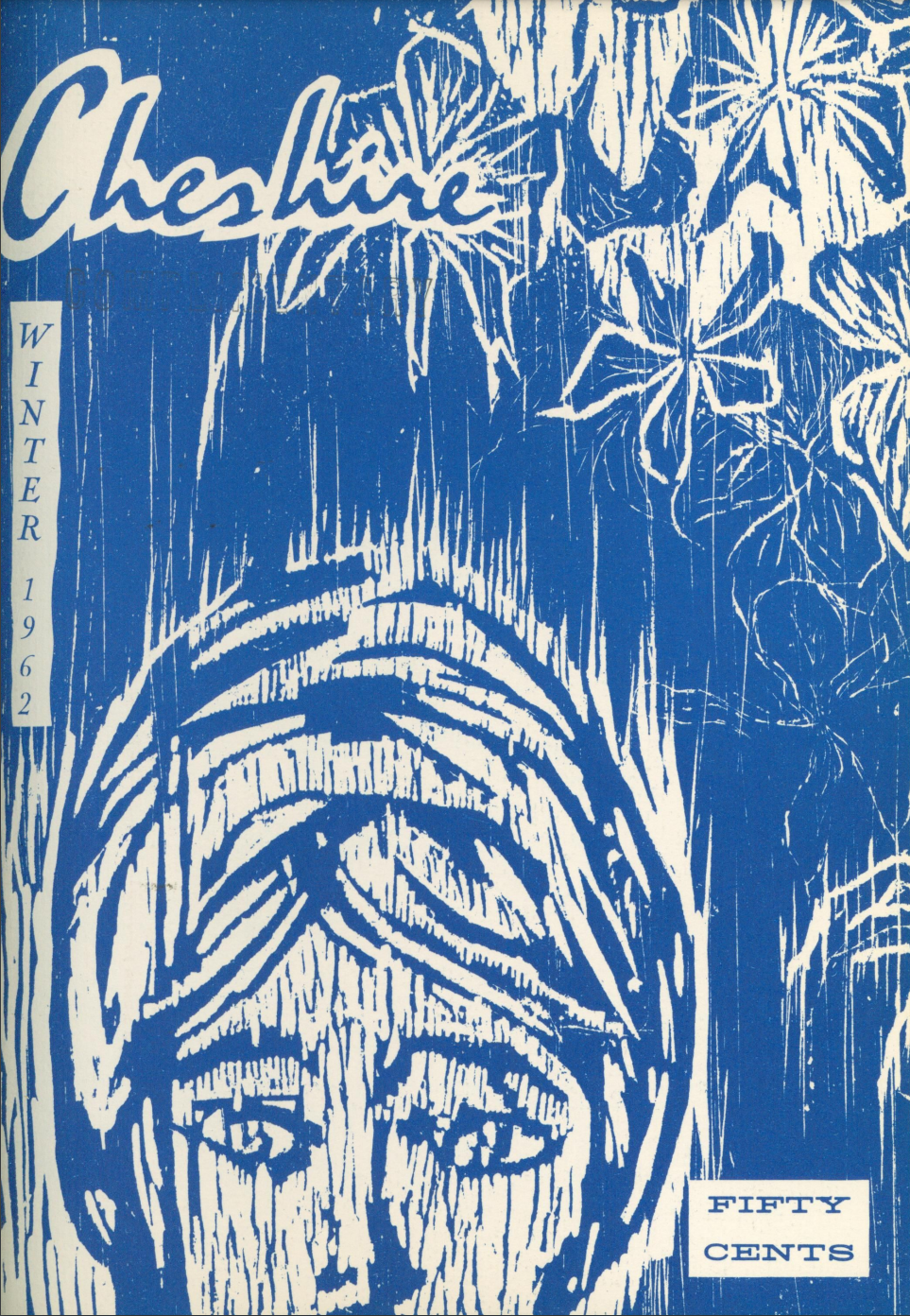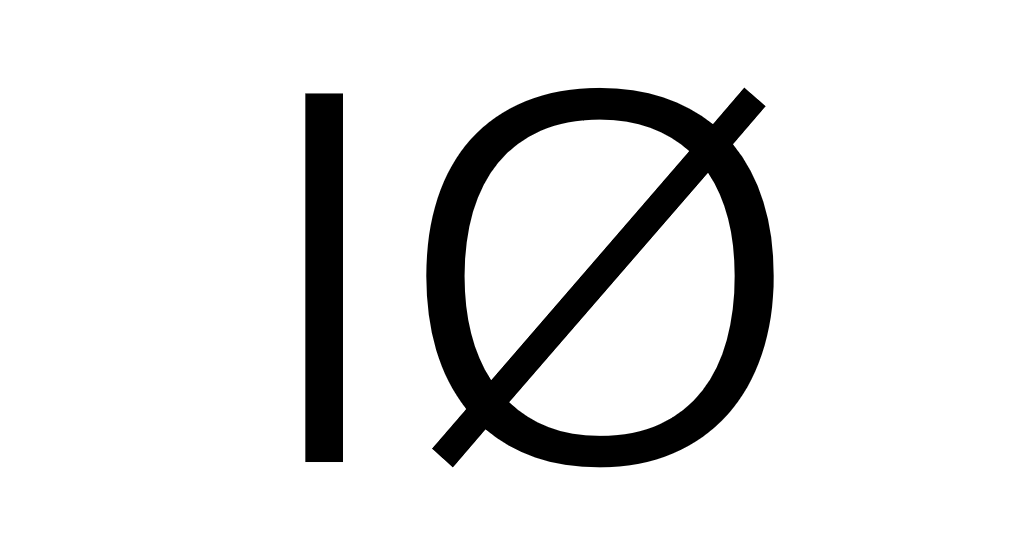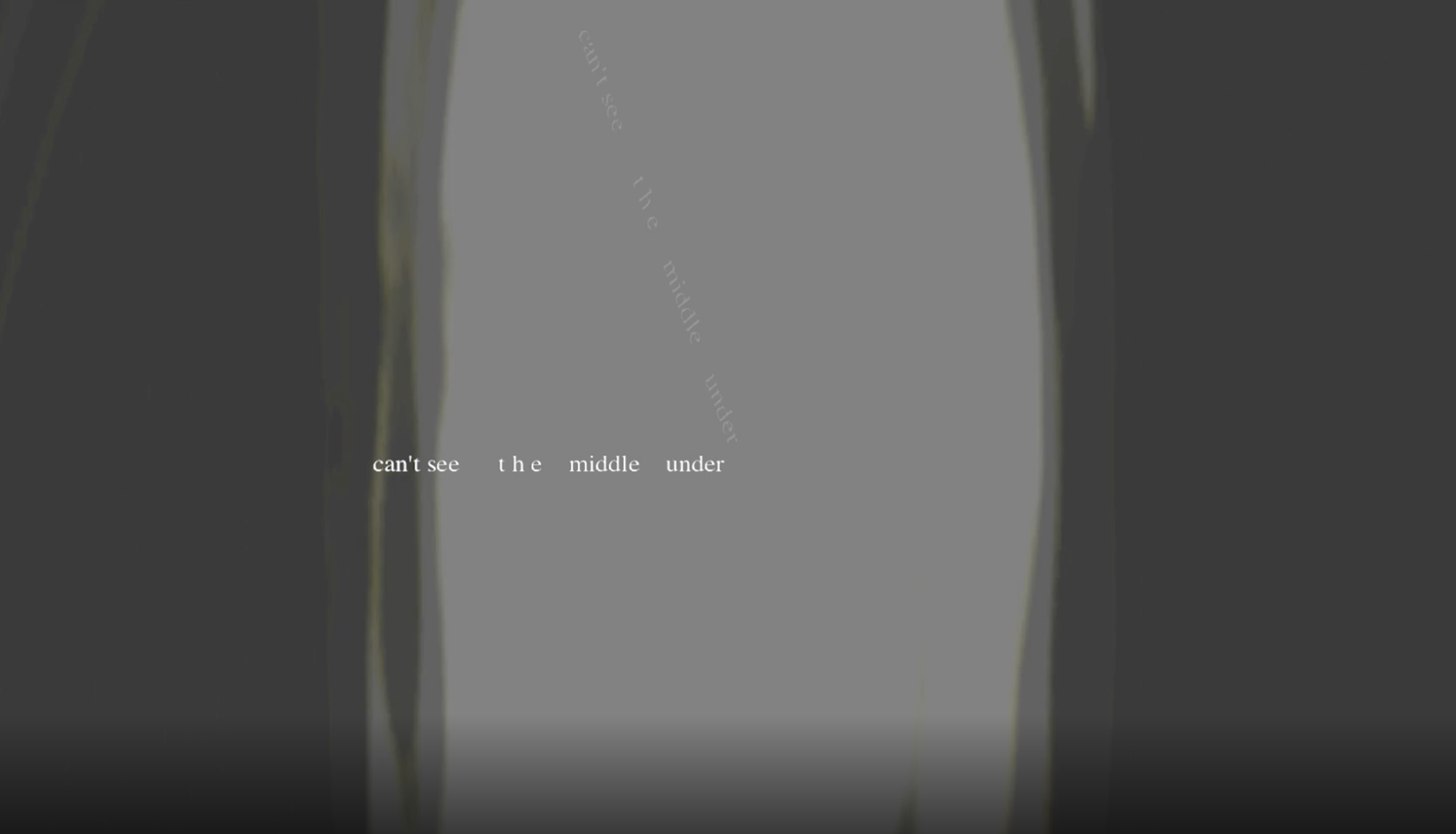Yoji Yamamoto (revisited) II by Anton Lushankin
from Indiesemic by Dona Mayoora
Visual Works by Michael Paulukonis
Asemic Works by Jeanne Ranney Ranz
Three Works by Maya C. Thompson
Asemic Journal Poems by Stephen Nelson
Two Works by Astra Papachristodoulou
Moreau’s Doctored Bodies by James Knight
The original Cheshire was started at the Wisconsin State Teachers College in 1931 and ended at UWM in 1968, a year before the new Creative Writing program began. In 1964, it was at the center of a university censorship case. When the off-campus printer refused to publish certain poems it deemed “obscene,” the editors inserted them into copies anyway. More on that story here.
In that same revolutionary spirit, Cream City Review is proud to reintroduce our predecessor as our new home for work that operates outside the printed page. Cheshire seeks bold new writing, coding, videography, and expression from all over the world.
See also our past IØ editions below for more interactive writing!
What we want: asemic writing, concrete poetry, interactive fiction & poetry, video, collage, hypertext essay, GIFpoetics, programmatic, gamic, and all hybrid and multimodal points along the way, things that capture process and procedure, lines and the signs between.
We are also interested in work guided by a philosophy of the new, which is to say work in which form and message converge in radical new ways. Queer, anticolonial, and ecotextual work is more than welcome.
What we don’t want: Text-based work that engages very little with mixed and/or digital medium. For instance, if the only thing “experimental” about your poems is the spacing, they may be a better fit for our Cream City Review print issues (and you should totally send them there).
Not sure if your work is a fit? Query us at infoccr00 at gmail dot com and tell us a little about it.
For full Cheshire guidelines, go to the main Cream City Review General Submissions page.


Thanks to the creative inspiration of Stuart Moulthrop (an innovator of electronic literature and hypertext fiction and faculty within the UWM English department), Cream City Review recognized and answered the glowing beacon of a nearby digital screen. This new genre seeks to provide a dual site for writers and artists to demonstrate the potential found in the interstices and encounters between the printed and digital page. The cross-platform format allows for both printed and digital elements to complement one another and to create a complete work with (often times) interactive text. Cream City Review is excited to explore and expand the publication boundaries of the literary arts and digital authorship.

In the Middle of the Room
by Elisabeth Blair and Jeff Morris
We Knew the Glass Man
by John McDaid
Four Guillemets
by Loss Pequeño Glazier
Rerites
by David Have Johnston
The Listeners: an instance of aurature
by John Cayley
